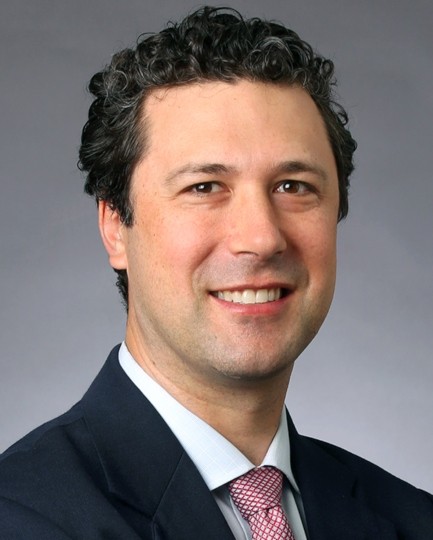Seed Grant Award: COVID-19 and Telemedicine: Impact on Racial Orthopedic Healthcare Disparities
Charles Jobin, Orthopedic Surgery

Racial and ethnic disparities have been documented extensively in the field of musculoskeletal care. Orthopedic patients from minority backgrounds have been shown to have lower utilization rates of total joint arthroplasty, lower rates of screening and treatment for osteoporosis, and increased morbidity and mortality following hip fracture. Innovations in telemedicine are frequently touted as a means of improving healthcare access for underserved populations. While virtual visits may equip patients from these groups to receive high-quality specialized treatment, many potential barriers to adequate telehealth services have also been described, such as access to appropriate video capabilities, broadband access, and familiarity with video-based technology.
The recent outbreak of the novel Coronavirus (COVID-19) in the United States has led many orthopedic practitioners to consider the use of telemedicine as a safer alternative to in-person office visits. Medicare and Medicaid have also begun to expand coverage and reimbursement to promote care using virtual modes of communication. This study seeks to explore the resultant surge in popularity of telemedicine with particular attention to its impact on racial disparities in musculoskeletal care. We focused on quantifying the effects of telemedicine on orthopedic care quality and accessibility towards patients from racial and ethnic minority groups. This was done via examination of telehealth clinical demographics, visit frequency, patient satisfaction, and other quality control parameters collected in orthopedic offices after the COVID- 19 global crisis as compared to in-person visits preceding the pandemic.
In order to examine the impact of broad telehealth service implementation on racial and ethnic disparities, we were retrospectively reviewing patients in the Department of Orthopedics at Columbia University over two time spans: one prior to and one immediately following the onset of the COVID-19 global pandemic. Demographic data from 2020 was collected to describe the subset of patients utilizing telehealth practices at NYP-Columbia Orthopedics. The same data will be collected for 2019 to describe the subset of patients who utilized in-person office visits. Basic statistics was performed to compare the two subsets of populations.
This project was funded through the Addressing Racism: A Call to Action for Higher Education initiative of the Office of the Vice Provost for Faculty Advancement.